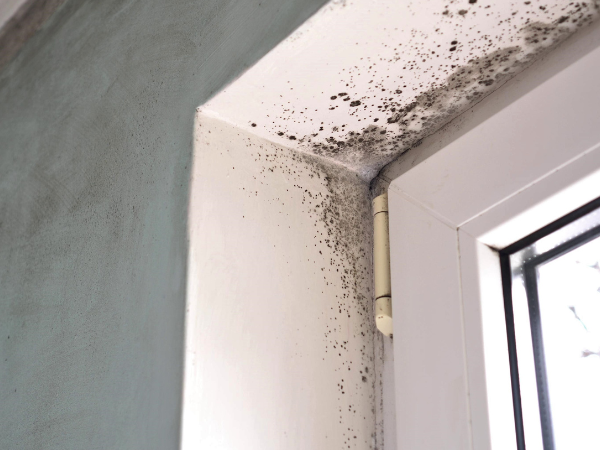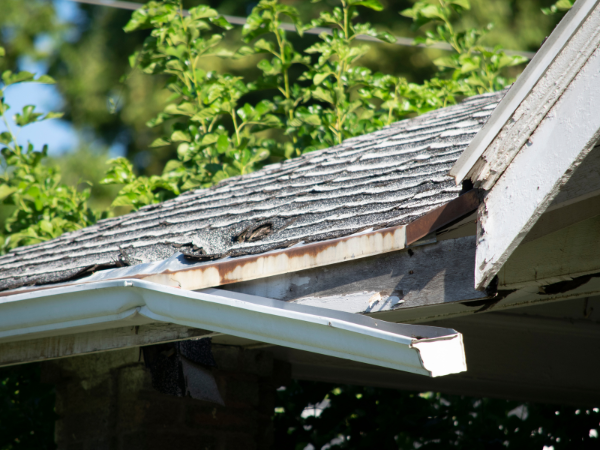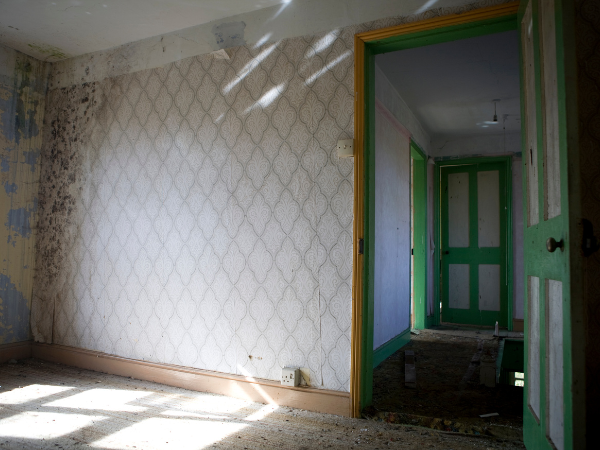
.png)
Now is a great time for first-home buyers in NZ to enter the property market and take advantage of current opportunities. Before committing to a purchase, we strongly advise obtaining an independent builder’s report to gain a clear understanding of the property’s condition.
If you’re considering an older home or a property from a specific era, be aware that certain issues uncovered in a builder’s report may affect your ability to secure insurance and, by extension, your mortgage approval.
In this two-part series, Velocity Financial Adviser Manisha Raman and Caveo General Insurance Adviser Alice Kauri share their insights on how common findings in building inspections can impact both your lending options and insurance choices. Their practical guidance will help you make well-informed decisions throughout your home-buying journey.
We’ll begin with insurance tips from Alice Kauri at Caveo, followed by advice from Manisha Raman in November on how these findings can influence a bank’s decision to lend on your chosen property.
By Alice Kauri
In the property approval/ticking-off conditions process, our team at Caveo help our clients determine whether their home can obtain ‘full insurance with no noted exclusions’ (per the bank’s instructions). In plain English, this means making sure the home can be insured with no special conditions or restrictions, so the insurance company isn’t excluding any important issues like flood or fire, structural problems, or other risks. This is important because banks usually require full insurance with no noted exclusions before approving a mortgage, to protect both you and them if anything goes wrong with the property.
A quick side note before reading the information below - there is a difference between ‘noted exclusions’ and ‘general exclusions’. Noted exclusions, which banks dislike, include things such as a flood or landslip exclusion in areas at high risk for these events, or fire damage exclusions if your home has old wiring and scrim. Noted exclusions can also arise if your new home has had repeated claims for the same issue in previous years with the previous owners. General exclusions, however, are fairly consistent across all insurers. These include no cover for unconsented works, gradual damage, damage by insects or vermin, damage during repair, renovation or restoration, and defective workmanship – just to name a few!
To make sure a property qualifies for full insurance coverage with no exclusions, we need to see that it ticks several important boxes. The home should be structurally sound, watertight, have no outstanding EQC claims, feature modern TPS wiring, and generally be in well-maintained condition. The best and simplest way to confirm these requirements is by reviewing a thorough builder’s report.
Below I’ll explain the issues we see related to the above and the ‘key words’ to look out for in a builder’s report.

Insurance Risk: Elevated moisture readings are often classed as gradual damage, which is considered a ‘general exclusion’.
Impact: Damage from leaks may be covered under the ‘hidden gradual damage’ benefit, but it’s not guaranteed that it will meet the criteria. The hidden gradual damage benefit is sub-limited to between $3k and $5k depending on the insurer, which is not high enough for the damage that can occur.
Interesting personal story! We just purchased our first home, which we planned to renovate anyway, but there were elevated moisture readings under a windowsill in the bedroom. After investigating while prepping the home for renovations, we found that the framing in the wall below the windowsill was rotting badly and needed replacing! This would definitely have caused issues if not investigated and remediated.

Insurance Risk: Rust is classed as gradual damage, which, as mentioned above, is not covered. There would be no way around this as it is not hidden and would be attributed to ‘poor maintenance’. The same applies to any leaks caused by blocked gutters.
Impact: Sudden storm damage may be covered, but rust or poor maintenance is not. Additionally, if an assessor finds the storm damage could have been prevented by regular maintenance checks, then the claim would be declined.

Insurance Risk: Again, gradual damage, and will not be classed as hidden (in most cases).
Impact: The worst-case scenario would be that your house collapses (if you’re in Wellington and we have an earthquake, and your home isn’t structurally sound, then it’s not too far-fetched!). Again, if the collapse of your home could have been prevented with maintenance checks, this would suddenly turn into a very complex claim for everyone involved (because if your home was a crumbled pile of debris, we wouldn’t just leave it to be declined!).

Believe it or not, Dux Quest is not as much of an issue for some insurers now if it has been, so far, unproblematic. Scrim and old wiring, however, are a big fire hazard.
Insurance Risk: This could be something that we would see as a ‘noted exclusion’ on the policy wording, and the bank would then decline lending. Best-case scenario in this situation would be that you have an ‘additional excess’ applied to your policy, but these can be up to $10,000 excess for any claims related to the above.
Impact: Both scrim and old wiring create a fire hazard in your home. Old wiring often has rubber insulation which deteriorates and leaves exposed wires. These aren’t overly common nowadays, but Dux Quest is still cited often. Dux Quest often leaks and creates larger problems.

Insurance Risk: Pest damage is generally excluded.
Impact: Homeowners must manage treatment and repairs themselves. Leaving the borer untreated could result in damage to the foundations of your home.

Insurance Risk: Cosmetic defects and poor workmanship are not covered. Additionally, if a home is poorly maintained, this can cause gradual damage over time.
Impact: No insurance payout unless they cause hidden gradual damage.
If you come across these findings in a builder’s report from an insurance point of view, it’s important to share what you plan to do next to sort things out. From what I’ve seen, getting lending approval isn’t always straightforward. That’s why I’m passing this over to Manisha—she’ll walk you through what you need to do to get the bank’s “okay”.
And don’t forget to check out our November Spin! We’ll be chatting more about Mortgage Approval Issues then!
Alice
Disclaimer: Insurance Advisernet New Zealand Limited, FSP26221, holds a licence issued by the Financial Markets Authority to provide financial advice services. Velocity Financial Wellington Ltd, FSP729451, and Alice Kauri are authorised by the licence to provide financial advice services.
The information shared in this post is meant to be general guide to support you on your journey. When making important decisions about your finances, we encourage you to seek independent financial advice first, tailored to your unique situation. As well as talking with a financial adviser, make sure you talk to your lawyer and accountant too – together they'll help you find the best solution for your specific situation. Our knowledgeable financial advisers are here to help. Check out our website for the details about our financial advisory services in our disclosures https://www.velocityfinancial.co.nz/disclosure-statement.